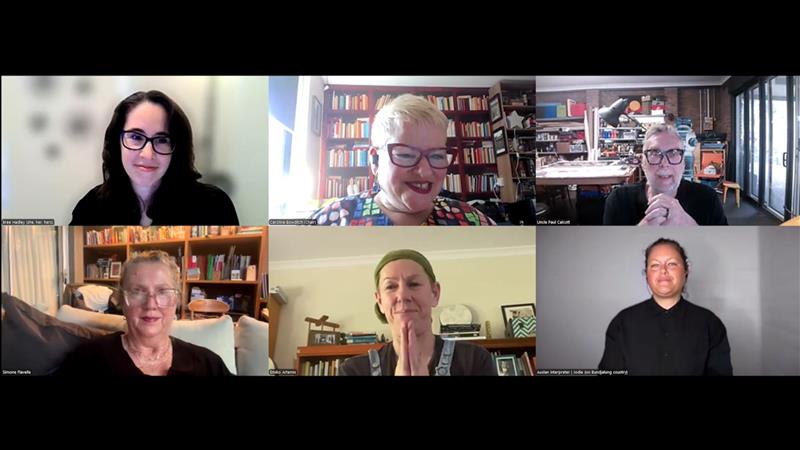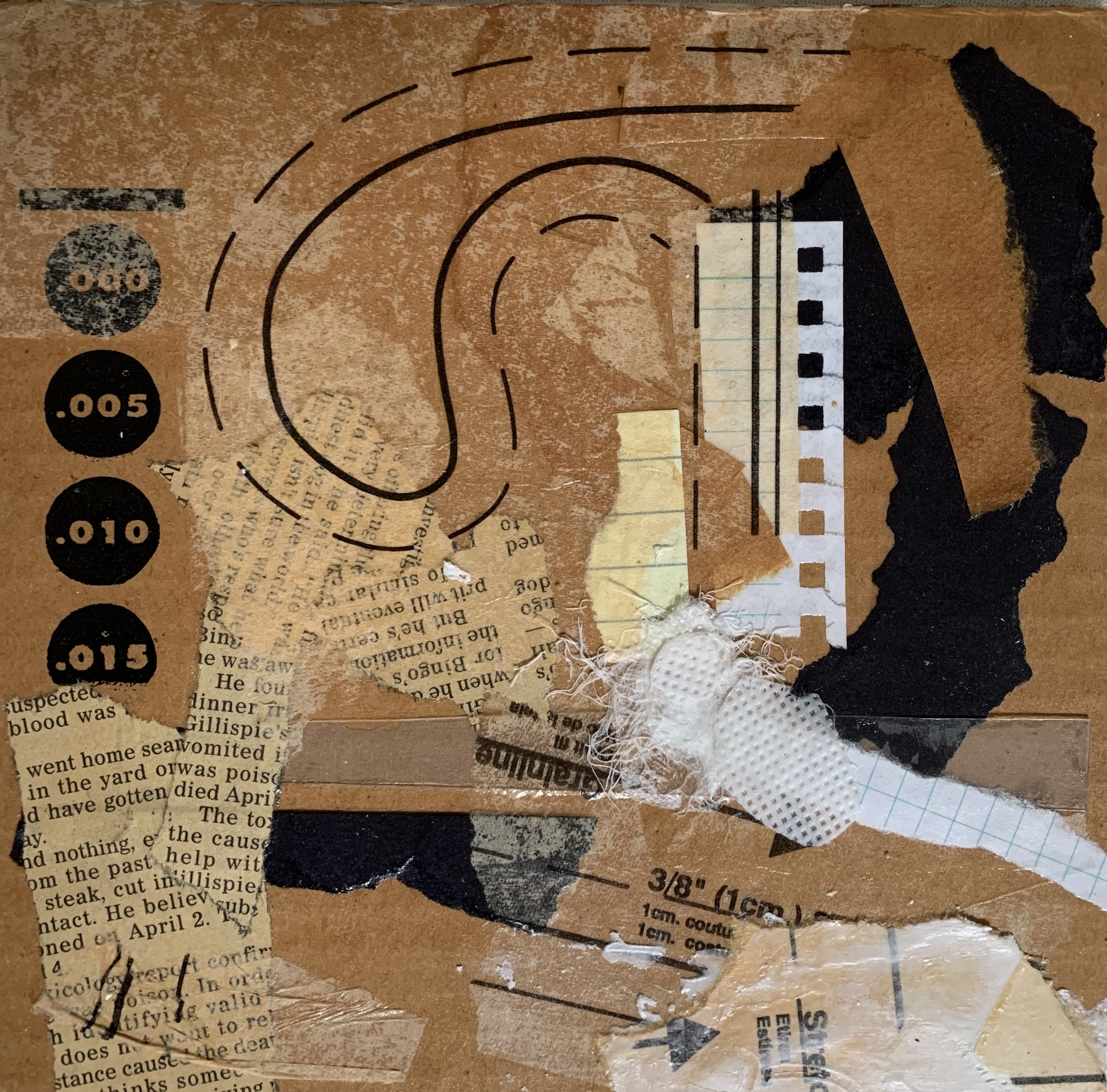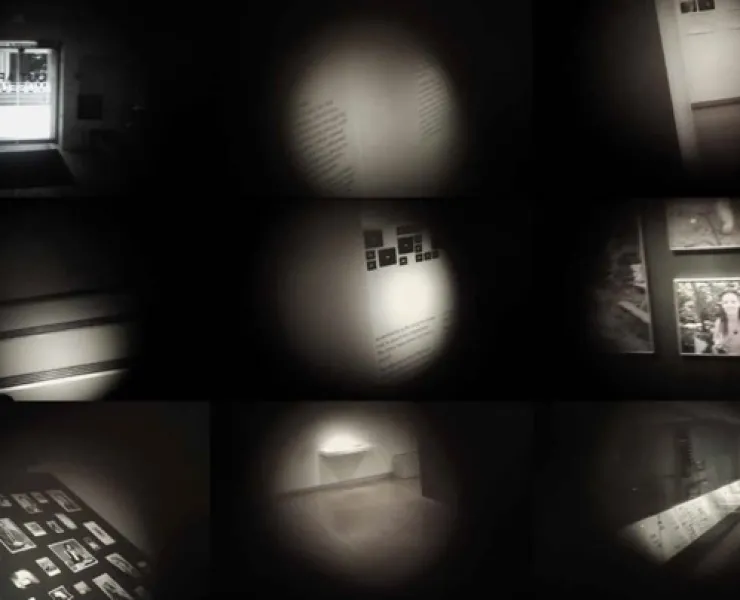Breadcrumb
Australia’s d/Deaf, Disabled and Neurodivergent artists have long been at the forefront of creative and social change. Yet the stories of artists with disability have often been scattered, informal or lost altogether over time and have never had a centralised home – until now.
That rich history is celebrated on the newly launched Disability Arts History Australia website, which brings together the stories, achievements and influence of artists, organisations and allies who have shaped Disability Arts in Australia from the 1970s to today in an accessible, evolving digital archive.
“It highlights the power of arts and cultural representation to create change, and the work still to be done to achieve full inclusion in the Australian arts sector,” says Queensland University of Technology Professor Bree Hadley, who led the project.
Funded by the Australian Research Council, with support from Creative Australia, Queensland University of Technology’s Centre for Justice and Curtin University’s Centre for Culture and Technology, alongside Arts Access Victoria and the University of Melbourne, the project has been nearly five years in the making, led by a collaboration of more than 100 artists, arts workers and researchers.
Preserving Disability Arts history
“The Disability Arts History Australia Archive represents a hugely important contribution to the recording and remembering of Disability Arts history in Australia,” says Caroline Bowditch, a member of the project’s research team during her time as CEO of Arts Access Victoria.
Website visitors can search entries for more than 10,860 artists, organisations and works by artform, location, demographics or topic. They can also explore 1,661 digitised archival records ranging from event programs to annual reports alongside 49 filmed interviews with d/Deaf, Disabled and Neurodivergent artists and allies, each with Auslan interpretation, captions and transcripts.

Built by and for community
The project was shaped through co-design and engagement with the Disability Arts community across Australia. Diverse lived experiences and expertise helped to guide content decisions.
“The website doesn't have everyone who's been involved over the last 50 years. And in many ways, it cannot, because some records have been lost to time,” Hadley says.
“What we came to working as a group was that it was better to start and present what ends up being around 10,000 items worth of history that are cross-referenced and searchable, than to put the whole thing in the too-hard basket.”
The team chose to retain original language used in historic documents, acknowledging that while some terminology may be difficult to read today, it tells an important story about how social attitudes may shift. Archival entries also include detailed descriptions to improve accessibility.
The attention to inclusion extends to meaningful representation of First Nations artists.
“People with disabilities didn’t always have access to their culture and storytelling,” says Uncle Paul Constable Calcott, a Wiradjuri artist, disability advocate and human rights champion who is a member of the archive’s steering committee.
“From an Indigenous perspective, it’s wonderful to see our resources, all this history of our arts in one place. Because often, in regards to disabilities, artists weren’t always valued, their contribution to the arts. [It’s so important to recognise] The contributions that our mob with disabilities have made to the arts and the diversity of our community.”

A tool for learning and understanding
The website also has potential to be a powerful learning resource for educators, students and even policy-makers. Beyond the archive, the website offers a timeline of significant milestones in Australian Disability Arts history dating back to the 1960s, allowing users to trace how art, activism and access have intersected with moments of cultural and policy change.
“I love the timeline because you can search by artwork, but you can also search by social policy. So it’s giving the whole picture of the environment that these things were being generated in and around,” Bowditch says.
Producer and steering committee member Simone Flavelle believes the archive will help young people and institutions alike to raise expectations.
“It’s really important for younger artists to see the legacy of many disabled artists and allies who’ve been practising for more than 50 years and for younger artists, allies and administrators to gain a sense of pride in that legacy and understand the evolution of practice, policy and people,” Flavelle says.
Hadley notes that the Disability Arts community still faces massive barriers in education, employment and knowledge exchange. But the archive has the potential to help change that.
“You can see in this history constant changes in expansion of what we mean when we're talking about d/Deaf, disabled and neurodivergent people as a community and other intersecting communities,” Hadley says. “It can help young people feel like they can take more power in their own identity and who they are ... It opens those conversations for young people to feel at liberty to say exactly what they think about it.”
Inspiring the next generation
By making 50 years of creative work visible and searchable, artist and steering committee member Emiko Artemis also sees the archive as a source of creative inspiration for other artists.
“I would love to see some artworks come out of this, like somebody doing a deep dive residency looking at the archive and creating something out of it,” Artemis says. “It's also quite helpful as a community base to allow people to connect to other people.”
Flavelle also predicts the archive may play a significant advocacy role in the wider arts sector.
“It can be a great resource to promote inclusion and to open doors and not only let people in but help the arts sector to understand the breadth and depth of practice that has already occurred and how exciting it is to work with Disabled artists,” Flavelle says.

Building better futures
Uncle Paul hopes this is just the beginning.
“I wouldn’t just stop with 2025. I’d like to see what comes out of it and in 2040 look back and say, ‘look what these artists were doing in 2025, and look at these new ones that have come through’,” he says.
“There’s a lot more potential for our future generations of disabled artists to contribute to these archives to become part of the history themselves.”
At its heart, Disability Arts History Australia is more than an archive – it’s a record of resilience, creativity and change.
It comes with an open invitation to engage with and be inspired by its content and use it to help build better futures for the Disability Arts community.
“Dive into the archive. Enjoy it. Be curious, explore it to your heart’s content!” Bowditch says.
Visit the new Disability Arts History Australia website to browse the archive, learn more about the project and contact the project team. Until 14 November 2025, the project team is inviting submissions to the archive’s timeline via Padlet and email (disabilityartshistoryaustralia@gmail.com )
Featured image: Image of artwork Untitled (Richard's Narrative) by Janice Rieger



